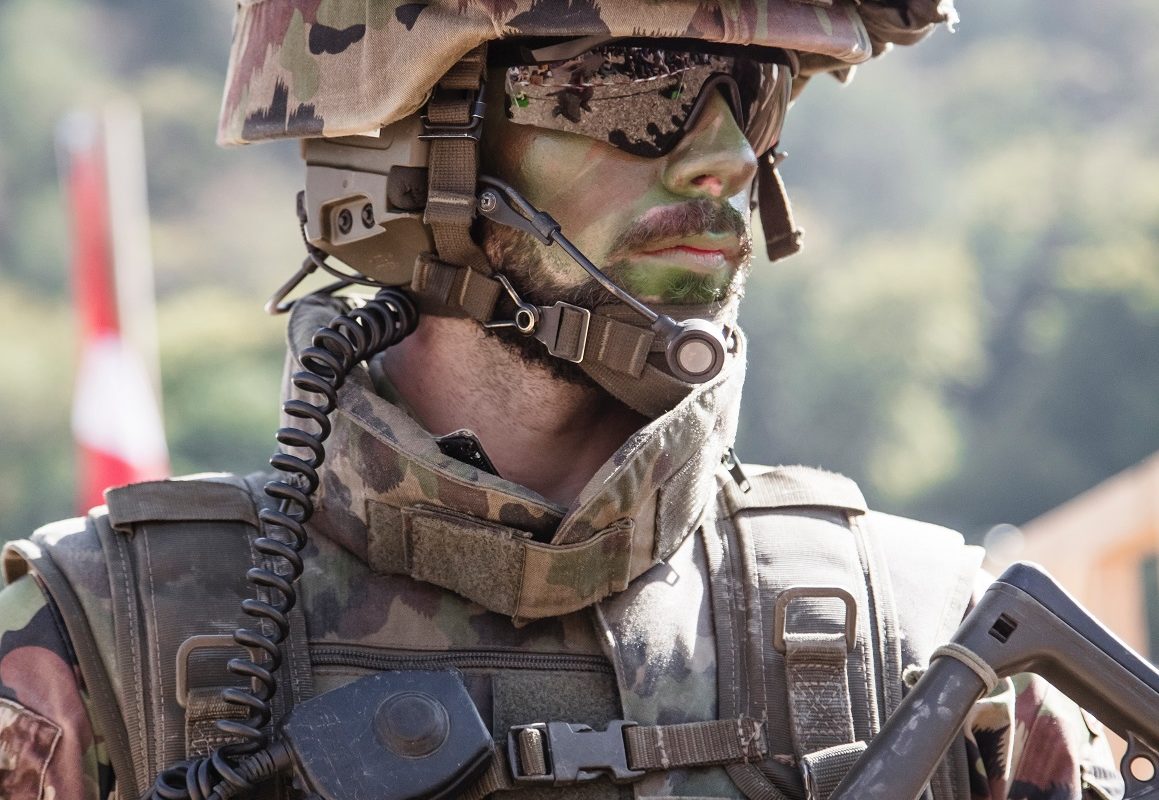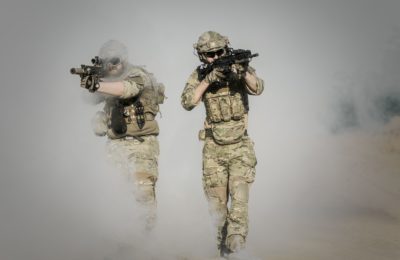As a military or law enforcement officer, finding the right gear can mean life or death. When it comes to protective equipment, one of the most crucial pieces is the plate carrier. Plate carriers are designed to hold ballistic plates that protect your vital organs in the event of a gunshot wound. But with so many options on the market, how do you know which one to choose? This guide will break down the types, features, and selection process for plate carriers, so you can find the right one for your needs.
Types of Plate Carriers
There are several types of plate carriers on the market, each with its unique features:
- Modular Plate Carriers: Modular plate carriers typically have multiple attachment points for accessories like pouches, holsters, and radios. They’re highly customizable and can be adapted for a variety of mission types.
- Lightweight Plate Carriers: As the name suggests, lightweight plate carriers are designed to be as light as possible while still providing adequate protection. They’re ideal for extended patrols or missions that require a lot of movement.
- Tactical Plate Carriers: Tactical plate carriers are designed for high-intensity operations. They have a more substantial construction than other types of plate carriers and often include additional features like MOLLE webbing and built-in hydration systems.
Features to Look For
When selecting a plate carrier, there are several features you should look for to ensure it meets your needs:
- Comfort: You’ll likely be wearing your plate carrier for long periods, so it must be comfortable. Look for carriers with padded shoulder straps and a breathable design.
- Customization: As mentioned earlier, modular plate carriers are highly customizable. But even if you opt for a more straightforward design, look for carriers with adjustable straps to ensure a proper fit.
- Durability: Your plate carrier needs to withstand the rigors of the job. Look for carriers made of high-quality materials like Cordura nylon.
Selection Process
When selecting a plate carrier, there are several factors to consider:
- Mission Type: Your mission type will dictate the type of plate carrier you need. For example, if you’re conducting a long-range reconnaissance mission, a lightweight plate carrier may be the best choice.
- Budget: Plate carriers can range from a couple of hundred dollars to over a thousand. Determine your budget before starting your search.
- Compatibility: Ensure your plate carrier is compatible with the ballistic plates you’ll be using.
When it comes to protective gear, a plate carrier is a must-have. With so many options on the market, it can be challenging to determine which one is right for your needs. By examining the types, features, and selection process for plate carriers, you can find the perfect carrier to keep you safe in even the most dangerous of situations. Remember, comfort, customization, and durability are key features to look for, and consider your mission type, budget, and ballistic plate compatibility when making your selection. Stay safe out there.
For more great articles, click here.


